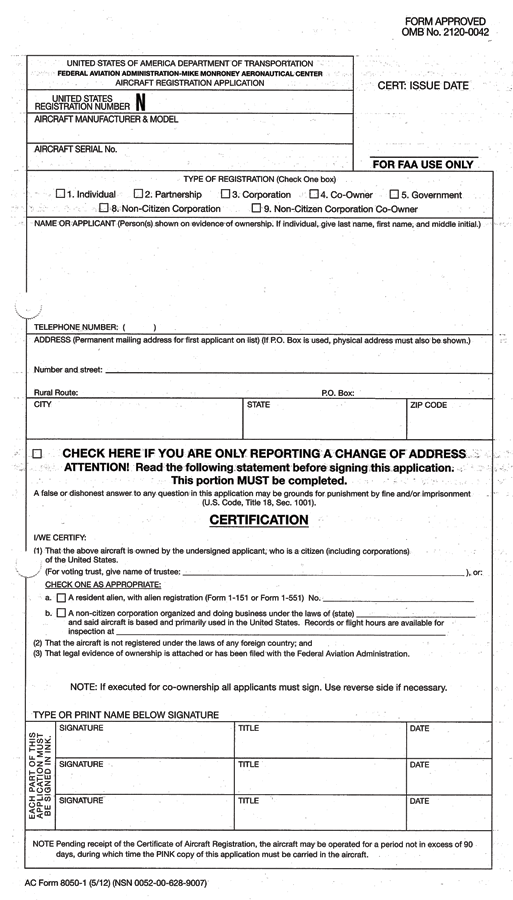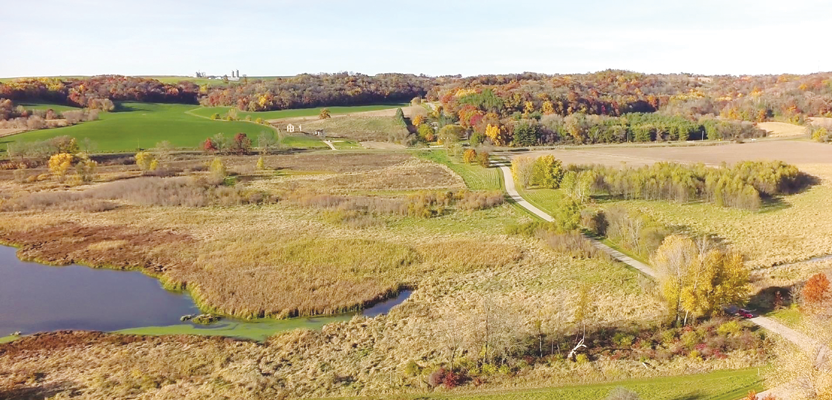What will 2016 mean for online commercial sUAS registration in the NAS?
Online Registration
Last year, registration for hobby/recreational sUAS went online. It was so simple I think it has confused people as to what the commercial registration process will look like.
Because I have a recreational sUAS and am required to register it, I tried out the FAA web-based online registration. It was fall-off-a-log simple. Input your name, address, phone number, email, and credit card info (cost is $5), and immediately download your official FAA “Small UAS Certificate of Registration.” Registration is valid for three years. The last step is to affix your UAS certificate number to your hobby sUAS.
On the other hand, registration of commercial UAS is quite different. First off, although the FAA stated that it would have online registration for commercial UAS in place by March 31, 2016, they have walked this back to “mid-2016.”
Until such time as the process becomes web-based, registration of commercial, non-recreational/hobby craft is a paper-based system that the FAA advises “takes much longer to complete” and is based on 14 CFR Part 47.
When the FAA says this is a paper-based system, it is not kidding. The Aircraft Registration Application, AC Form 8050-1 (pictured on next page), is not even available online; you have to call the FAA Aircraft Registration Branch or your local Flight Standards District Office to get a paper copy mailed to you.
 Of course, if you’re close to an office, I’m sure you can drop by and pick one up, but you should try to call ahead first. For full instructions, I’d suggest you log onto the FAA’s site and scroll down to the section entitled, “14 CFR Part 47 sUA and UA Registration Information.” You’ll find it covers new and used UAS, both below and above the 55 lb. limit.
Of course, if you’re close to an office, I’m sure you can drop by and pick one up, but you should try to call ahead first. For full instructions, I’d suggest you log onto the FAA’s site and scroll down to the section entitled, “14 CFR Part 47 sUA and UA Registration Information.” You’ll find it covers new and used UAS, both below and above the 55 lb. limit.
Although form 8050-1 is not online, there are helpful forms that are downloadable: Form AFS-750-94 (PDF), “Information to Aid in the Registration of U.S. Civil Aircraft,” for example, as well as the “Limited Liability Corporation Registration Information Sheet” if your UAS is owned by an LLC, and AC Form 8050-2, “An Aircraft Bill of Sale,” which provides evidence of ownership.
Additionally, you will be required to provide a full description of the UAS, including the full legal name of UAS manufacturer or builder, model name, serial number, class (airplane, airship, rotorcraft, glider, hybrid lift, or ornithopter), maximum takeoff weight (including all items on board or attached), category (able to operate on land, sea, or both), number of engines, and engine type. Reading the FFA’s requirements for the paper-based registration process, I think it’s a safe bet that when web-based registration does come online, data related to the above items will need to be provided. The only similarity between hobby and commercial registration is the $5 fee.
But why bother? The FAA fee for registering a commercial UAS is only $5, but the fine for not registering a UAS can be up to $27,500—quite a difference. That’s just for starters; criminal penalties include fines of up to $250,000 and/or imprisonment for up to three years.
sUAS in the NAS in 2016?
Although the FAA is allowing commercial UAS operations via its Section 333 exemption process, filing a petition is still a cumbersome process. Further, the blanket COA that the FAA is providing with these 333 exemptions limits flights at 200’ AGL, which puts a cramp on data collection. If you want to operate at the full 400-foot limit, you have to file for an additional COA specific to each project.
Another significant barrier to entry is the 333 exemption’s requirement that operators have a pilot’s license.
In 2016 these burdens may be lifted, for sub-55 lb sUAS anyway. In 2015 the FAA published its “Overview of Small UAS Notice of Proposed Rulemaking,” aka rule 107. This rule would allow sub-55 lb sUAS to operate in the NAS without Section 333 exemptions.
Considering that most of the sUAS being used for geospatial work are well under this weight limit, this could be good news, indeed. Additionally, these rules would substitute an “unmanned aircraft operator certificate” in lieu of a pilot’s license.
The FAA appears to be taking a step-by-step approach to UAS integration into the NAS, and offering a rule explicitly for small and therefore less-dangerous sUAS seems to be the next reasonable step.
Of course, the next question is “when?” Optimists are saying as early as this summer; pragmatists are suggesting a best-case scenario of end of 2016. In either case, expect an explosion of firms jumping in commercial sUAS operations when rule 107 becomes the law of the land.
This should be an interesting year for UAS!

